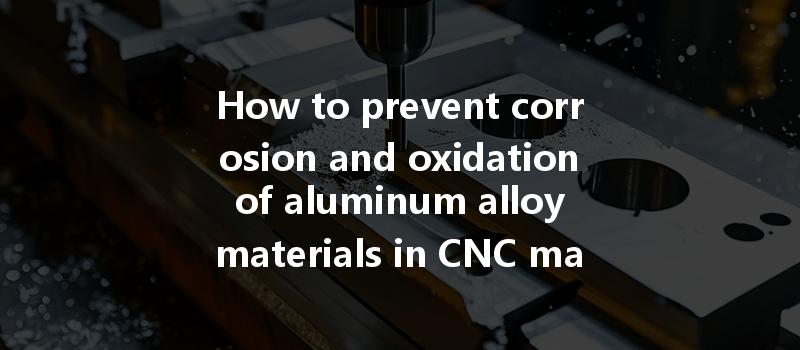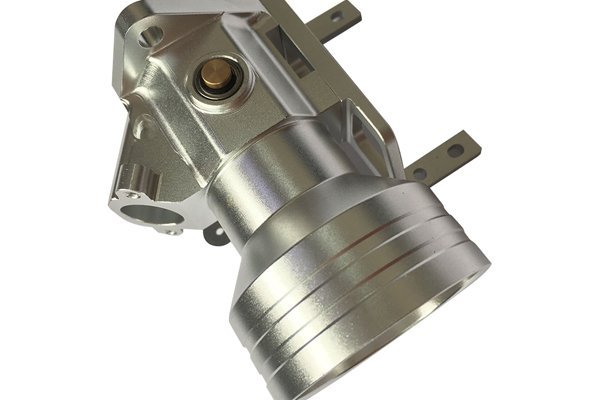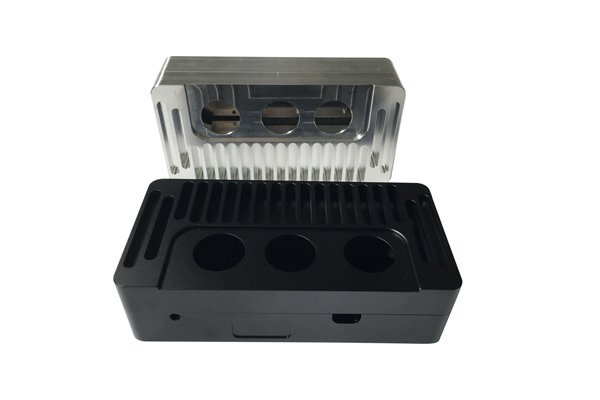Did you know that aluminum is the third most abundant element in the Earth’s crust, yet it is also one of the most commonly used metals in CNC machining? This remarkable material is lightweight, strong, and highly versatile, making it a popular choice for a wide array of applications ranging from aviation to automotive to electronics. However, despite its numerous advantages, aluminum is susceptible to corrosion and oxidation, problems that can dramatically affect the quality and performance of aluminum components made through CNC machining.
In this blog post, we will delve into the nuances of preventing corrosion and oxidation of aluminum alloys during CNC machining. We will explore the causes of corrosion and oxidation, the specific types of aluminum alloys affected, preventative measures that can be employed before, during, and after CNC machining, and best practices for long-term maintenance. Armed with this knowledge, you will not only enhance the longevity and performance of CNC machined aluminum parts but also ensure your products meet the highest quality standards.
—
Understanding Corrosion and Oxidation
What is Corrosion?
Corrosion refers to the gradual destruction of metals through chemical reactions with the environment. In the case of aluminum, it occurs when moist air or water reacts with the metal, leading to the formation of aluminum oxides, which weaken the metal. Corrosion can happen due to a range of factors, including:
What is Oxidation?
Oxidation is a specific type of corrosion where aluminum reacts with oxygen in the presence of moisture, leading to the formation of an oxide layer on the surface. This oxide layer is initially protective; however, it can also present issues if it flakes off or allows further corrosion to occur beneath it. Oxidation can manifest as:
Key Differences & Similarities
While both corrosion and oxidation can lead to detrimental effects on aluminum alloys, their mechanisms and environmental conditions can differ:
—
Types of Aluminum Alloys and Their Susceptibility
Aluminum is available in numerous alloy designs, each with its distinct properties and applications. The two most common types are:
Recognizing the corrosion resistance properties specific to your chosen aluminum alloy is critical for determining appropriate prevention methods.
—
Preventative Measures to Combat Corrosion and Oxidation
Choosing the right aluminum alloy is paramount. Higher-purity aluminum (1000 series) is often more resistant to corrosion in specific applications. When dealing with environments prone to corrosion, consider alloys from the 5000 or 6000 series, designed with enhanced resistance and longevity.

Surface treatments can be incredibly effective in preventing corrosion and oxidation. Here are several common methods:
Machining methods can influence the susceptibility of aluminum to corrosion:
After machining, it is crucial to store aluminum parts properly to prevent corrosion:
Implementing a routine maintenance schedule is essential for the longevity of aluminum parts:
—
Long-Term Solutions and Innovations
With advancements in technology, several innovative solutions are emerging to tackle the issues of corrosion and oxidation:
—
In conclusion, preventing corrosion and oxidation of aluminum alloy materials in CNC machining is not only crucial for maintaining aesthetic appeal but also for ensuring the structural integrity and performance of finished products. By understanding the nature of corrosion and oxidation, selecting the right materials, employing effective surface treatments, and following best practices in machining and maintenance, manufacturers can significantly prolong the life of their aluminum components.
The importance of this topic cannot be overstated, as the impact of corrosion and oxidation can lead to costly reworks, diminished product reliability, and even potential safety hazards. Therefore, it is vital to invest time and resources into implementing strategies that minimize these risks. As innovations continue to evolve in materials science and machining technology, staying informed will only enhance your ability to produce high-quality components. Remember, taking preventative measures today can save time and resources tomorrow. Let’s ensure our aluminum parts don’t just survive but thrive in their operating environments.
Related Posts
- What is the difference in mechanical properties between C37700 brass and C36000 brass CNC turning?
- How Does Material Selection Impact Production Cycles in CNC Machining of Titanium, Brass, and Aluminum?
- What are the common problems and solutions for aluminum CNC machining, and how can they be addressed effectively?






